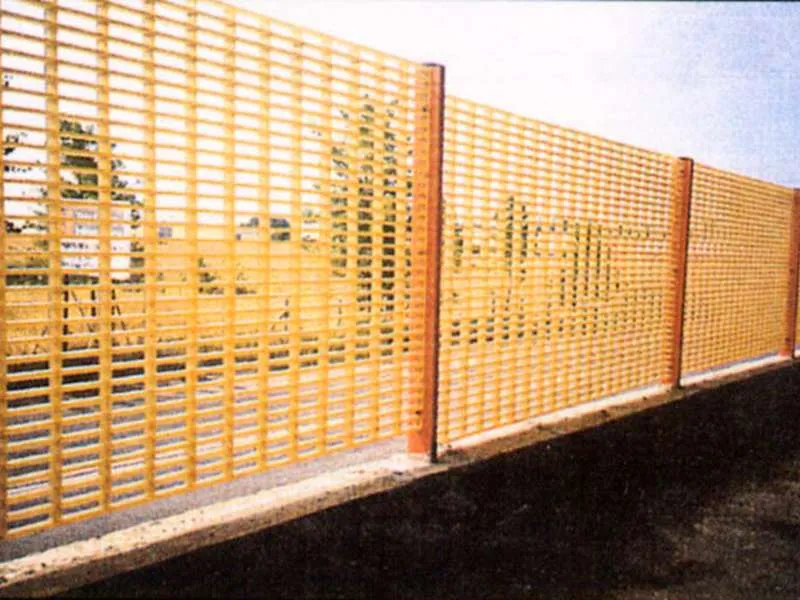
-
 Afrikaans
Afrikaans -
 Albanian
Albanian -
 Amharic
Amharic -
 Arabic
Arabic -
 Armenian
Armenian -
 Azerbaijani
Azerbaijani -
 Basque
Basque -
 Belarusian
Belarusian -
 Bengali
Bengali -
 Bosnian
Bosnian -
 Bulgarian
Bulgarian -
 Catalan
Catalan -
 Cebuano
Cebuano -
 China
China -
 China (Taiwan)
China (Taiwan) -
 Corsican
Corsican -
 Croatian
Croatian -
 Czech
Czech -
 Danish
Danish -
 Dutch
Dutch -
 English
English -
 Esperanto
Esperanto -
 Estonian
Estonian -
 Finnish
Finnish -
 French
French -
 Frisian
Frisian -
 Galician
Galician -
 Georgian
Georgian -
 German
German -
 Greek
Greek -
 Gujarati
Gujarati -
 Haitian Creole
Haitian Creole -
 hausa
hausa -
 hawaiian
hawaiian -
 Hebrew
Hebrew -
 Hindi
Hindi -
 Miao
Miao -
 Hungarian
Hungarian -
 Icelandic
Icelandic -
 igbo
igbo -
 Indonesian
Indonesian -
 irish
irish -
 Italian
Italian -
 Japanese
Japanese -
 Javanese
Javanese -
 Kannada
Kannada -
 kazakh
kazakh -
 Khmer
Khmer -
 Rwandese
Rwandese -
 Korean
Korean -
 Kurdish
Kurdish -
 Kyrgyz
Kyrgyz -
 Lao
Lao -
 Latin
Latin -
 Latvian
Latvian -
 Lithuanian
Lithuanian -
 Luxembourgish
Luxembourgish -
 Macedonian
Macedonian -
 Malgashi
Malgashi -
 Malay
Malay -
 Malayalam
Malayalam -
 Maltese
Maltese -
 Maori
Maori -
 Marathi
Marathi -
 Mongolian
Mongolian -
 Myanmar
Myanmar -
 Nepali
Nepali -
 Norwegian
Norwegian -
 Norwegian
Norwegian -
 Occitan
Occitan -
 Pashto
Pashto -
 Persian
Persian -
 Polish
Polish -
 Portuguese
Portuguese -
 Punjabi
Punjabi -
 Romanian
Romanian -
 Russian
Russian -
 Samoan
Samoan -
 Scottish Gaelic
Scottish Gaelic -
 Serbian
Serbian -
 Sesotho
Sesotho -
 Shona
Shona -
 Sindhi
Sindhi -
 Sinhala
Sinhala -
 Slovak
Slovak -
 Slovenian
Slovenian -
 Somali
Somali -
 Spanish
Spanish -
 Sundanese
Sundanese -
 Swahili
Swahili -
 Swedish
Swedish -
 Tagalog
Tagalog -
 Tajik
Tajik -
 Tamil
Tamil -
 Tatar
Tatar -
 Telugu
Telugu -
 Thai
Thai -
 Turkish
Turkish -
 Turkmen
Turkmen -
 Ukrainian
Ukrainian -
 Urdu
Urdu -
 Uighur
Uighur -
 Uzbek
Uzbek -
 Vietnamese
Vietnamese -
 Welsh
Welsh -
 Bantu
Bantu -
 Yiddish
Yiddish -
 Yoruba
Yoruba -
 Zulu
Zulu
Feb . 10, 2025 10:27
Back to list
Gratings & Covers
In the realm of water management and treatment, the term FRP weir holds significant importance due to its unique properties and applications. As industries evolve to meet stricter environmental regulations and cost-efficiency demands, understanding the benefits and intricacies of Fiber Reinforced Plastic (FRP) weirs becomes crucial for both manufacturers and consumers in the sector.
From an engineering perspective, the versatility of FRP cannot be overstated. The material can be molded into various shapes and sizes, allowing for customization to meet specific requirements of different water treatment projects. This flexibility ensures that engineers can design systems that maximize efficiency without being constrained by the limitations of conventional materials. The use of FRP weirs aligns well with modern environmental and sustainability goals. The production process of FRP emits fewer pollutants compared to traditional manufacturing processes, making it a more environmentally friendly option. Furthermore, the durability and longevity of FRP weirs mean less frequent replacements, reducing the overall environmental impact associated with disposal and replacement manufacturing. To ensure that FRP weirs meet the required standards for performance and safety, it is essential to collaborate with reputable manufacturers who have a proven track record in producing high-quality FRP components. These manufacturers should employ rigorous testing methods and adhere to industry standards to guarantee that their products will withstand the demanding conditions of water treatment facilities. In conclusion, FRP weirs represent a superior choice within the realm of water treatment infrastructure. Their resistance to corrosion, lightweight properties, and environmental benefits make them an optimal solution for modern water management challenges. Engineers and facility managers who prioritize efficiency, safety, and sustainability should consider FRP weirs as essential components in their design and operational strategies. By leveraging the advantages of FRP technology, industries can enhance performance while simultaneously contributing to a more sustainable future.


From an engineering perspective, the versatility of FRP cannot be overstated. The material can be molded into various shapes and sizes, allowing for customization to meet specific requirements of different water treatment projects. This flexibility ensures that engineers can design systems that maximize efficiency without being constrained by the limitations of conventional materials. The use of FRP weirs aligns well with modern environmental and sustainability goals. The production process of FRP emits fewer pollutants compared to traditional manufacturing processes, making it a more environmentally friendly option. Furthermore, the durability and longevity of FRP weirs mean less frequent replacements, reducing the overall environmental impact associated with disposal and replacement manufacturing. To ensure that FRP weirs meet the required standards for performance and safety, it is essential to collaborate with reputable manufacturers who have a proven track record in producing high-quality FRP components. These manufacturers should employ rigorous testing methods and adhere to industry standards to guarantee that their products will withstand the demanding conditions of water treatment facilities. In conclusion, FRP weirs represent a superior choice within the realm of water treatment infrastructure. Their resistance to corrosion, lightweight properties, and environmental benefits make them an optimal solution for modern water management challenges. Engineers and facility managers who prioritize efficiency, safety, and sustainability should consider FRP weirs as essential components in their design and operational strategies. By leveraging the advantages of FRP technology, industries can enhance performance while simultaneously contributing to a more sustainable future.
Next:
Related Products









